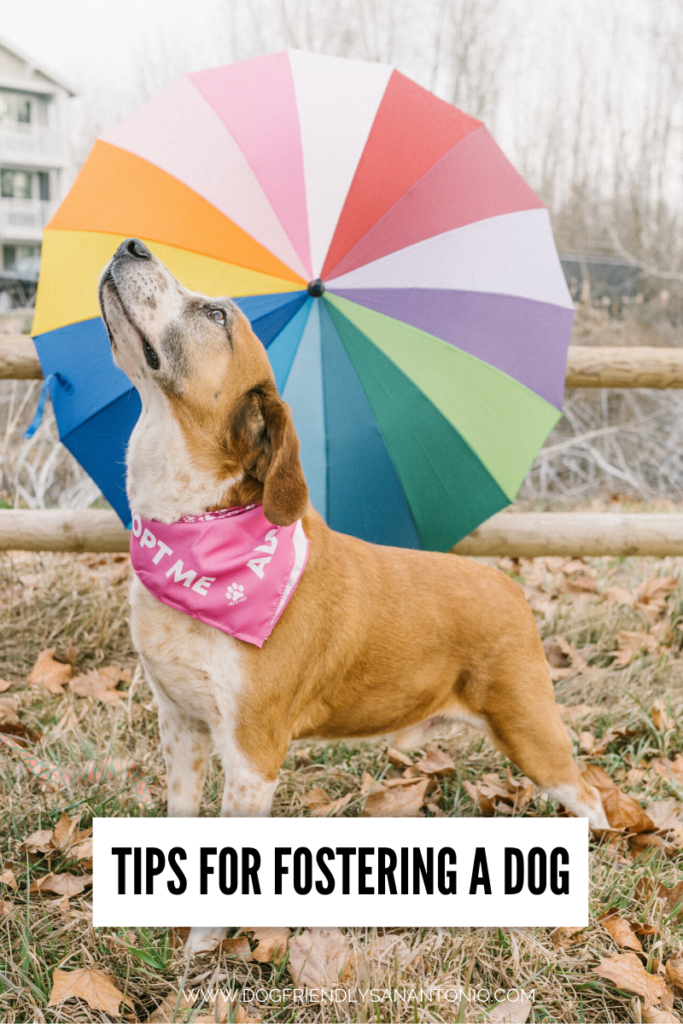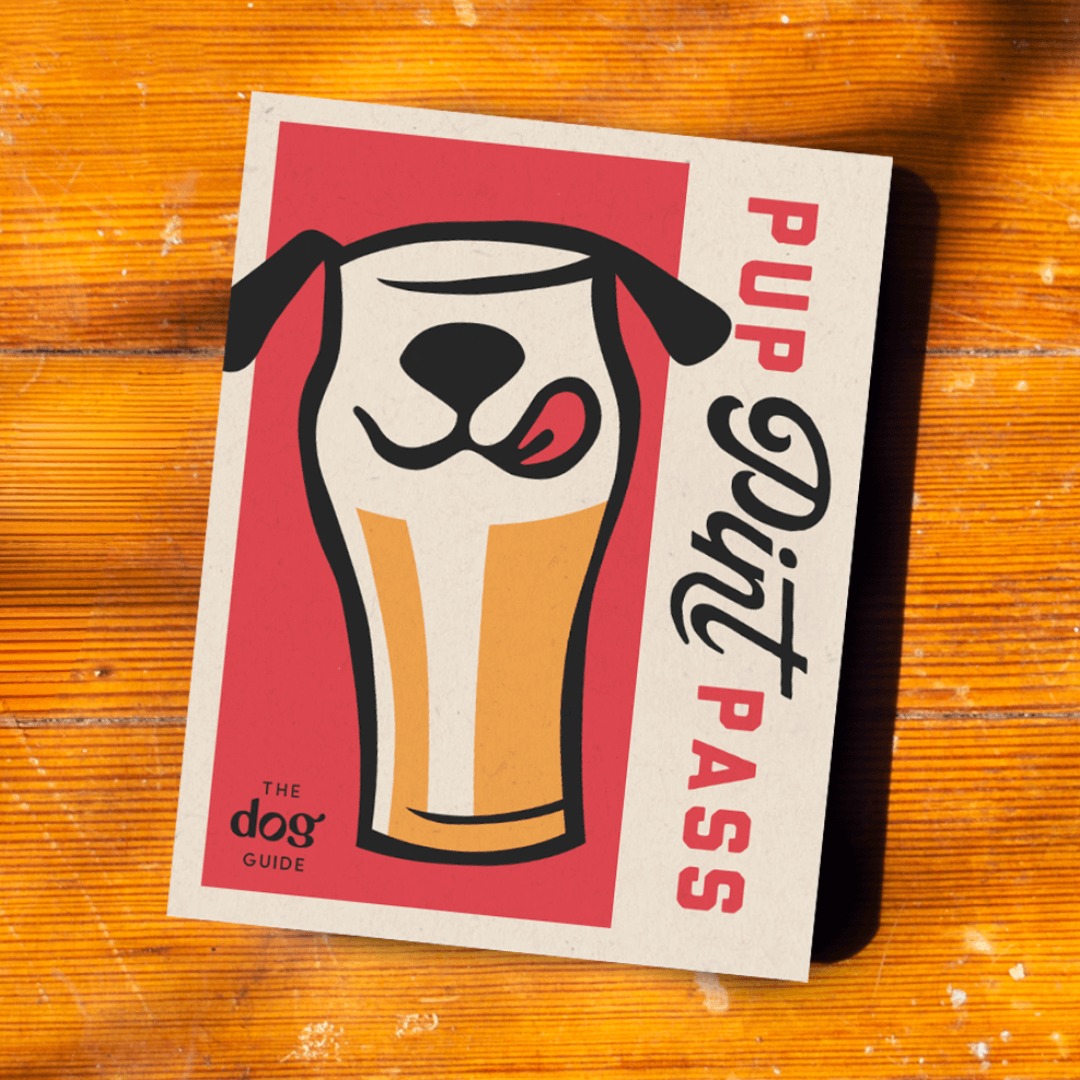
Fostering a dog can be pretty intimidating. How do you get your foster dog adopted? What if you get too attached? I get it. It seems like a lot. But the reward is so, so worth it! Plus, fostering is not as hard as it might seem. It’s definitely work, but it’s manageable if you have the right mindset. That’s why I want to share my top tips for fostering a dog.
Rescues always need more foster homes for the pets they save, but their need is especially high right now. As you might guess, people are not adopting pets while under quarantine, but that hasn’t slowed the amount of dogs and cats entering shelters! Luckily, now is a great time for new fosters to step up! With so many folks working from home, it’s much easier to try out fostering without overloading yourself. So, if you are ready to take the plunge and save a life, here are my top tips for fostering a dog.
First of all, STRUCTURE
Structure is critical to communicate expectations. Remember, some of these dogs from the shelter have NEVER lived inside a home with a family. They have no clue how to behave. When you provide a dog with structure, it explains to them what you expect of them, and what they can expect from you. This helps with everything from potty training to sleeping through the night to separation anxiety.
A crate will help immensely with providing structure to your foster dog’s day, so one of my pro tips for fostering a dog is to ask the rescue you foster for if you can borrow a crate! Most dogs take to crates fairly well, because it naturally provides a safe space for them. If, however, they are uncertain about their crate, be sure to feed all their meals in it. Spend some time tossing treats inside and having your foster walk in to get them without closing the door. YouTube a few videos on crate training and establish their crate as a safe space right from the beginning. Trust me, you won’t regret it!
Walks
A walk is a great way to start your relationship with your new foster dog. Any time I bring home a new foster, I always start with a good walk. For one, many dogs come out of the shelter under-exercised and over-stimulated. Shelters are noisy and stressful places, so a decompression walk is a great way to burn off some physical energy and let your foster dog’s brain calm down. Walks are also a great opportunity to introduce them to other members of your family, both human and canine!
After a good long walk, you can introduce them to your home. Keep them on leash as you walk them around the house and let them sniff each room they are allowed to be in. Don’t let other pets or kids bother them at this time. You can show them where water is and introduce them to their crate. If you have a yard, you can walk them around outside, too.
Establish a Daily Routine
From day one, establish a daily routine. This routine should include feeding, exercise, training, crate time, and free time. During the first few days especially, never let your foster dog free roam without your supervision. This is for their safety, and the safety of your house! These first few days are when you teach what can be chewed on and what can’t, where to go to the bathroom, and what is acceptable behavior and what is unacceptable. If you are unable to supervise your foster for any reason, put them in a crate with a yummy stuffed Kong to keep them distracted!
Here is a loose schedule you can follow:
- Wake up
- Potty break
- Morning walk
- Playtime or training
- Breakfast
- Crate time
- Potty break
- Supervised free time
- Crate time
- Evening walk
- Playtime or training
- Dinner
- Crate at night
If you follow the same routine every day, your foster dog will quickly learn the ropes. This helps especially with potty training, because the dog quickly learns they will be let outside to go to the bathroom. It helps them settle in their crate, because they know there is a beginning and an end time. A routine can even help prevent separation anxiety, as your foster learns that you coming and going are normal and nothing to be worried about. In a nutshell, routine and structure are the best way to help your foster dog settle in and get comfy.
Give Your Foster Dog Time
One of the most important tips for fostering a dog is to not assume your dog will be happy, friendly, and ready to play with everyone right from the start. Remember, shelters are incredibly stressful. It’s highly likely your foster dog will be nervous and uncertain, or at the very least overstimulated. Therefore, it’s critical to give your foster dog time to settle in and adjust before you bombard them with affection, demands, play time, etc.
In fact, you might notice the first few days you have your foster dog, all they want to do is sleep. Let them, ideally in their crate. Again, shelters are stressful, and some dogs haven’t had a good sleep in AGES. You also might notice your foster seems a little stand offish or disinterested in toys or even treats. That’s okay, too. Be sure to give your foster dog plenty of space for the first few days as they adjust to their new life. This is especially important if you have kids or other pets. Make sure kids are calm and respectful around the foster, and don’t let your own dog get bossy or annoying. Some foster dogs will settle in pretty quick, and you will see how comfortable they are with you, your family, and your pets. Other fosters might take a little longer. Be patient! As your foster grows more comfortable, you can engage in more cuddling, play time, etc.
After a few days of routine (like the one outlined above), you’ll probably notice your foster dog changing a lot. Their energy level might change, how they interact with you might change, and their engagement with toys, treats, people, dogs, etc. might change. This is normal, and really important to pay attention to. After all, you want to make note of your foster dog’s personality so that you can match them with the perfect family! For some dogs this might take only a day or two, but for others it could take a few weeks. Be willing to go at the dog’s pace, and you will save yourself a ton of frustration.
Rehabilitation
Just about any dog you foster will have an issue you will need to overcome. Don’t let this scare you! Remember, it’s possible your foster dog will have never lived in a home before, so they will need you to show them how to behave. Shelters are usually full of disease, so illnesses like kennel cough or URIs are common. Plus, dogs living on the streets are often starved, full of parasites, and have terrible skin. Here are a few ways you can help rehabilitate your foster dog into a happy, healthy pet.
Basic Training
Once your foster pup has a few days to settle in, I recommend introducing basic training. I always like to teach a dog to sit and how to walk nicely on leash. These simple manners go a long way in making your foster dog a pleasant house guest. If you have the time, you could work on the whole spectrum of basic obedience: sit, stay, down, come, and leave it. At the very least, work on teaching your dog to be a good house guest: potty outside, no jumping, walk polite on leash, etc. If you aren’t sure where to start, reach out to the rescue you are fostering for! Many rescues work with local training organizations to provide FREE professional help for foster dogs.
Health Issues
Most of your foster’s health issues will be fixed with medication given by the rescue, and some quality dog food. Usually only experienced fosters take on the more severe medical cases, but always know that the rescue will support you! All medical costs are paid for, and they will provide any medication/instructions you need to help get your foster pup feeling their best.
Some issues, however, just require some good old fashioned TLC. For dogs with upset tummies, I’ll add a little plain pumpkin puree and/or a small amount of plain Greek yogurt or kefir (unsweetened!) to their kibble to help reset their digestion. Coconut oil is a great remedy for dry, itchy skin caused by dermatitis. You can rub it right onto the dry itchy patches, or add a tiny amount to their food as a supplement. Salmon oil is another great addition to kibble to improve skin health.
How to Market Your Foster Dog
One of the MOST IMPORTANT tips for fostering a dog is to be honest when you market them. As your dog settles in and grows more comfortable, their true personality will start to shine through. Make note of this: the good, the bad, the cute, and the ugly. Highlight what they are good at, but be transparent about what they are not. Be very, very clear about their energy level and what sort of home would best meet their needs.
An important part of this process is to take your foster dog out in public and see how they do. How are they around new people? Dogs? Can you see how they behave around cats? Do they do well in a crowd? These are all good things to know when looking for the right family. And, of course, TAKE GOOD PHOTOS! Especially as your foster starts to put on weight, feel more confident, and grow a thick, lush coat, your rescue will highly appreciate updated photos.
How to Let Go
The reason you want to be totally and completely honest in your marketing is because you want to find your foster dog the perfect home. I know one of the most common fears people have when it comes to fostering is, “How will I ever be able to give them up?!”
I get it. You take this scrawny, terrified pup out of a shelter, you love them, care for them, and then watch them go home with another family, and it sounds like it would be heartbreaking. But it’s not! Words cannot describe how joyful it is to watch your foster dog go home with the right family. Sure, it’s a little bittersweet, but nothing can diminish the joy and pride you feel knowing you saved a life and helped create a new family.
Many adopters will keep in touch for weeks after the adoptions, showing you photos of your foster dog settling in and living its best life. There are no regrets, and honestly once you start fostering, it can be difficult to stop!
Tips for Fostering a Dog
Fostering a dog is definitely a commitment, but now is the perfect time to dive on in! It is unbelievably rewarding, and there are so many dogs in need right now. Hopefully these tips for fostering a dog can help get you started, but you can always drop a question in the comments below if you have one! Now go out there and save a life!

